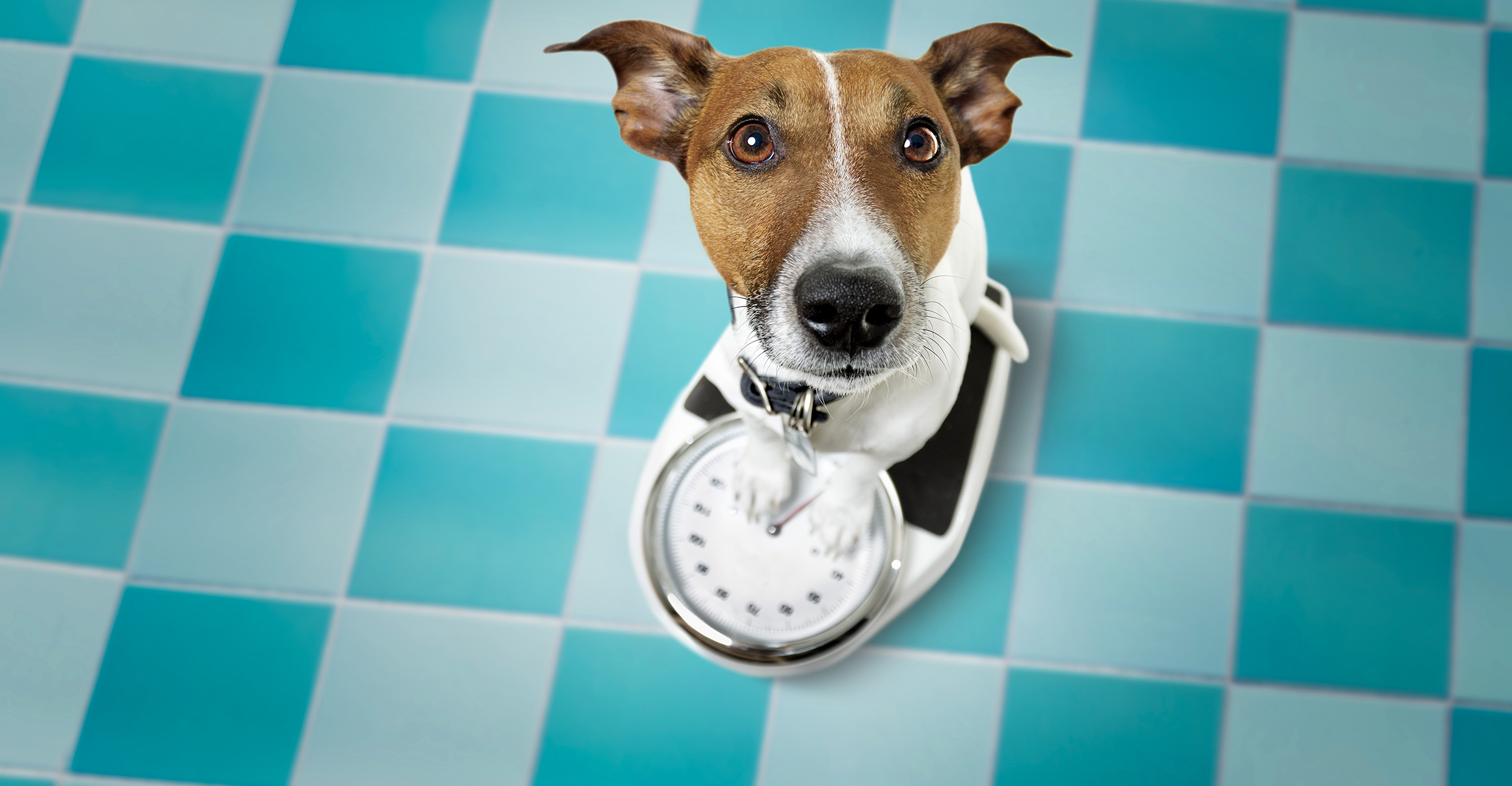
How to curb the pet obesity epidemic
Friday, March 11, 2022
Media Contact: Trisha Gedon | Communications Specialist | 405-744-3625 | trisha.gedon@okstate.edu
For many people, staying fit and active is a part of their lifestyle. They carve time out of their weekly routine to exercise and eat right. Humans need to do the same for their pets.
“Obesity has a negative effect on pets just like it does on humans,” said Dr. Rosslyn Biggs, Oklahoma State University Extension veterinarian and director of continuing education for the university’s College of Veterinary Medicine. “Extra pounds can increase the risk of disorders, such as diabetes, kidney dysfunction, respiratory disorders, cardiovascular disease and arthritis. Extra weight also diminishes your pet’s quality of life and can shorten their life expectancy.”
Similar to humans, animals can gain weight for a variety of reasons. In addition to illnesses, Biggs said contributors include poor diet, inadequate exercise and changes in metabolism.
The best way to know for sure if a pet is obese is to weigh in at a veterinarian office. The vet can determine if a pet is overweight according to the pet’s size and breed. It’s important to remember that a healthy weight will look different for every breed.
“A dog is considered to be overweight when it weighs 10% to 20% more than its ideal weight. Oftentimes, pet parents don’t realize their pet is overweight,” Biggs said. “Your veterinarian can tell you what your pet’s ideal weight should be and help develop a plan to get rid of those excess pounds.”
Stillwater veterinarian Dr. Amy Storm said a vet will perform a physical exam and possibly advise some diagnostic tests to help determine if a pet is overweight and why.
“Usually consuming too much food is why Fluffy might be a little too fluffy; however, health conditions certainly can contribute as well,” Storm said. “It’s important to be honest about how much your pet eats on a daily basis. Let your vet know what brand of food you’re using. It’s amazing how many pet owners can’t tell their vet exactly what brand and type of food their pet eats. Having this vital information will help your vet develop a feeding plan.”
Knowing exactly how much a pet consumes can be hard to determine if everyone in the family gives Fluffy a treat at random times, or there’s a toddler in the house who consistently drops food from the highchair tray.
Storm offers these suggestions for keeping track of how much your pet eats:
- Measure with a measuring cup the amount of food put into the bowl at each meal.
- If free feeding, measure how much food is put into the empty bowl each morning and measure how much is left the next morning. Adjust that day’s measurement of food accordingly.
- Set specific times for treats and make sure everyone in the family knows the schedule.
Once a weight-loss plan has been established, frequent weight checks are encouraged. The veterinarian can help determine how often a check is needed. Exercise will also play a role in a weight loss plan.
Exercise is a great tool to help a pet lose weight. If the pet is dealing with medical conditions, consult a veterinarian first.
“Toys that encourage movement are great, especially for cats. Hiding kibble or treats in a cat treat ball or another type of interactive toy that promotes movement is a good idea,” Storm said. “A feather wand or laser lights will also help your feline burn some extra calories.”
With spring right around the corner, Biggs suggests taking advantage of fitness opportunities in the neighborhood, such as the dog park or fitness trails.
“Educating pet owners about the health risks of pet obesity is the first step toward raising healthy animals,” Biggs said. “Keeping pets healthy is good for the owners, too.”
